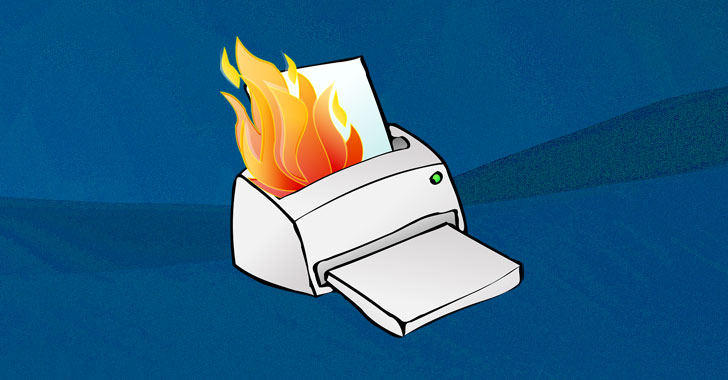Explore print server alternatives to avoid IT headaches
While matters related to printing have always been a challenge for IT, the fallout from the 2021 PrintNightmare vulnerability has spurred more enterprises to find other ways to handle their print server infrastructure.
Window Server print servers are easy enough to spin up but difficult to maintain. Users can also find it mystifying to parse why a print job didn’t execute as expected, which leads to more help desk tickets and ties up valuable IT resources in a troubleshooting exercise. There are many print server alternatives on the market designed to give IT more insight into printing problems, hand users more control over their print jobs and offer enterprises the visibility into how much is spent on printing and where.
Why PrintNightmare made printing even more complicated
The PrintNightmare vulnerability (CVE-2021-34527) surfaced in July 2021 and gave attackers a way to remotely execute code on Windows desktop and server systems through a Windows print spooler bug. A threat actor who manages to exploit this vulnerability could perform privileged operations such as installing software, accessing data or creating user accounts.
Microsoft released patches to correct the vulnerability, but one major consequence is that print driver installation now requires administrator privileges. With users no longer able to install or update existing print drivers due to PrintNightmare mitigations, administrators have had to investigate different configuration options or attempt to circumvent the security measures through registry changes that are not sanctioned by Microsoft.
Where a third-party print server alternative can help
For enterprises with a mix of printers across multiple sites, the changes ushered in by the PrintNightmare patch made an already difficult management job even more troublesome. Administrators lost the flexibility to let users install print drivers unless they skirted security protocols and gave escalated privileges.
Many products offer more security options to give users more control over print jobs that are not available in Windows Server print server. For example, pull printing is a feature some vendors offer that only gives the authenticated user the ability…




